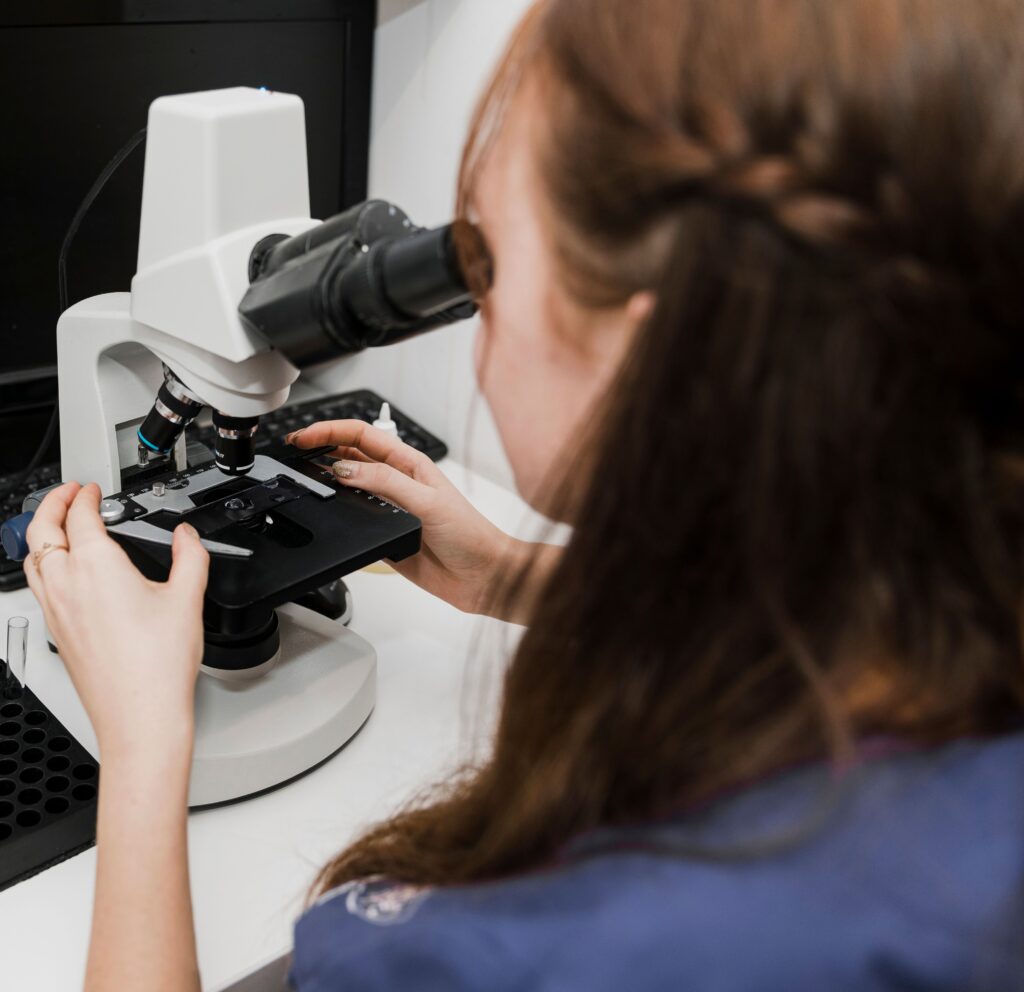Millions of people suffer from the effects of diabetes, and diabetic retinopathy is one of the most serious complications associated with the disease. The condition indeed presents a danger to your vision, but perhaps you may have already lost vision if proper management has not yet been implemented. Still, with a little insight and a proper understanding of the approach required, you can start making steps toward protecting your eyes.
Diabetic retinopathy grading is fundamentally crucial for the management of the condition. This grading system leads to the determination of the disease and, consequently guides treatment. In this all-encompassing guide, we will discuss everything you need to know about diabetic retinopathy grading and how you can maintain better eye health.

What Is Diabetic Retinopathy?
But before jumping into the grading system, there is a significant necessity to understand what diabetic retinopathy is. Diabetic retinopathy is a medical condition that results from damage caused to the retinal blood vessels by high blood sugar levels. It is a condition that, if untreated, causes damage to the retina causing a possible loss of sight or total blindness.
The Importance of Early Detection
Since early diabetic retinopathy diagnosis may help to stop the advancement of the disease, early detection is vital. Your options for treatment are maximized since the sooner you know that you have the disease, the there will be lesser time for the condition to damage your eyes. The underlying principle behind this process is that the grading of diabetic retinopathy can be used to guide doctors in ascertaining the severity of the disease.
What Is Diabetic Retinopathy Grading?
The grading of diabetic retinopathy by ophthalmologists and other eye care professionals is standardized and uses the system to predict how advanced the disease may be and to guide treatment decisions. These include swelling, hemorrhages, and abnormal blood vessel growth in the retina that can determine the grading.
It divided the grading system into stages, which range from mild to extreme levels and each stage has different characteristics. Let us take a closer look at these stages and what they mean for your eye health.
The Stages of Diabetic Retinopathy
Mild Non-Proliferative Diabetic Retinopathy (NPDR)
- This is the earliest or mildest form of diabetic retinopathy. At this stage, tiny areas of inflammation (microaneurysmset begin to form in the small blood vessels of the retina. In such a case, you may not feel or notice anything different, but there is a need to have regular eye check-ups as changes may go unnoticed.
- Grading diabetic retinopathy enables your eye care provider to monitor your condition closely. The early signs or symptoms are detectable.
Moderate Non-Proliferative Diabetic Retinopathy
- More blood vessels in the retina get blocked by the disease as it advances, and there’s a restriction of blood flow. Symptoms such as blurry vision become more pronounced as well. Grading aids in identifying the extent of damage and whether intervention is needed or not.
Severe Non-Proliferative Diabetic Retinopathy
- This stage is marked by the blocking of all blood vessels in the retina, which may lead to the retina becoming oxygen deficient. It will hence send signals to grow new, diseased, blood vessels, which causes further complications. Diabetic retinopathy grading is essential at this stage for proper monitoring and treatment.
Proliferative Diabetic Retinopathy
- This is a more severe state of diabetic retinopathy. New vessels begin to grow within the retina, which is weak and may leak. This can lead to a loss of clear vision or even complete loss of vision. Diabetic retinopathy is very critical in establishing the severity of this condition and possible immediate treatments.
How Is Diabetic Retinopathy Grading Done?
Diabetic retinopathy grading is always typically performed on an examination basis using retinal imaging techniques. The most common procedure is a fundus photography exam, where an eye care professional extensively photographs the retina. After that, these photographs are observed for specific signs of diabetic retinopathy, such as microaneurysms, hemorrhages, and abnormal blood vessel growth.
Your eye care provider will categorize your condition into one of the stages mentioned above in the grading process. Grading helps in accurately diagnosing your condition and allows for tracking of the changes in the disease over time.
Critical Issues while Diabetic Retinopathy Grading
There are a few factors that are considered in diabetic retinopathy, such as:
- Retinal microaneurysms: Small swellings within the blood vessels.
- Hemorrhages: Blood leaking from the damaged vessels into the retina.
- Exudates: Cholesterol or other lipids leak into the retina from the blood vessels.
- Neovascularization: Forming new abnormal vessels.
Each of these elements helps determine how severe your condition is and what kind of treatment would be best.
Why Diabetic Retinopathy Grading Is Essential
One of the benefits of diabetic retinopathy grading includes the fact that a clear picture can be taken of your eye health. When done regularly, you and your healthcare provider can monitor any changes in your condition and take means to prevent further damage.
Well, the early stage of the disease can be caught through grading to avoid the most serious complications, such as blindness. The grading system also ensures that treatment suits your individual needs, offering you the best possible outcomes for your vision.
Treatment Options According to Grading
The treatment for diabetic retinopathy depends on the stage of the disease, as determined by the diabetic retinopathy grading process. Some of the common treatments with their respective grades are as follows:
1. Mild to Moderate NPDR
- At this stage, the treatment course can be initiated, but it does not have to be started immediately. During this stage, your eye care professional will closely monitor you with frequent eye exams and grading. At this point, controlling your blood sugar is significant in slowing down the progression of the disease.
2. Severe NPDR
- If the disease reaches this stage, your doctor will most likely advise laser treatment to prevent further damage to the retina. The aim is to halt the abnormal multiplication of new blood vessels and the risk of losing eyesight.
3. Proliferative Diabetic Retinopathy
- In more aggressive stages, therapy becomes more intense and can include laser treatment, anti-VEGF injections that prevent the growing abnormal blood vessels, or even vitrectomy surgical procedures where blood or scar tissue is removed from the eye.
Preventive Tips Against Diabetic Retinopathy
In addition to the above diagnostic process for diabetic retinopathy, here are a few healthy practices that you can engage in to avoid further damage to your eyes and keep in good health:
- Maintain regular blood sugar level: Proper diabetes management is needed to avoid the progression of diabetic retinopathy.
- Exercise regularly: Regular exercises facilitate proper regulation of blood sugar and improve circulation, which may benefit your eye health
- Healthy Diet: An appropriate diet cannot reverse diabetes itself, but it can reduce the complications it causes.
- Quit Smoking: Smoking is said to enhance the risks of diabetic retinopathy along with other eye diseases.
Conclusion
Diabetic retinopathy is pretty harsh, but with some help from diabetic retinopathy grading, one can start taking control over eye health. Regular check-ups and early detection, thanks to grading, prevent such serious complications from arising. It goes on to say that one needs to be proactive and manage.










